Titanium Dioxide: Uses, Risks, and Regulatory Status
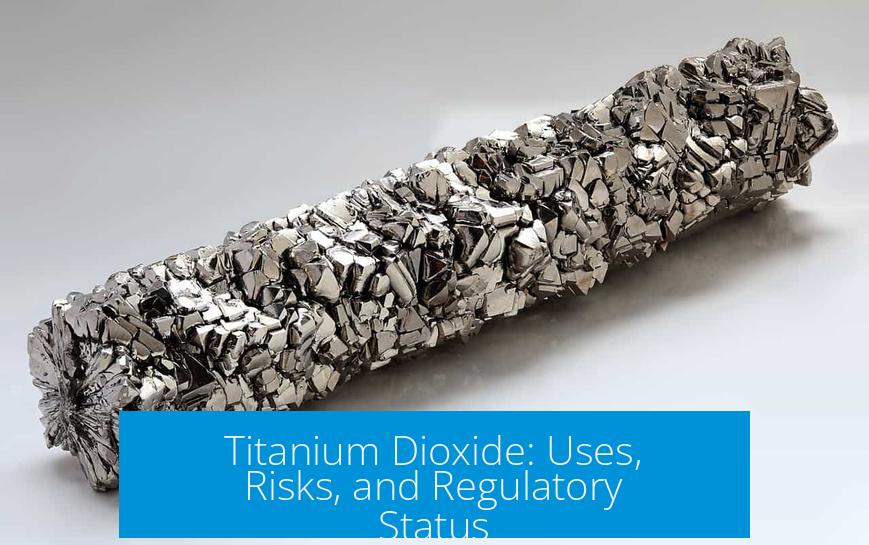
Titanium dioxide (TiO2) is a naturally occurring mineral widely used for its white pigmentation and opacity in products like food, cosmetics, and paints. Despite its extensive usage, regulatory bodies have raised concerns about its potential health risks, especially related to its nanoparticle form and genotoxicity. This article provides a detailed overview of titanium dioxide’s nature, usage, health implications, and current regulatory stance.
1. Nature and Common Applications
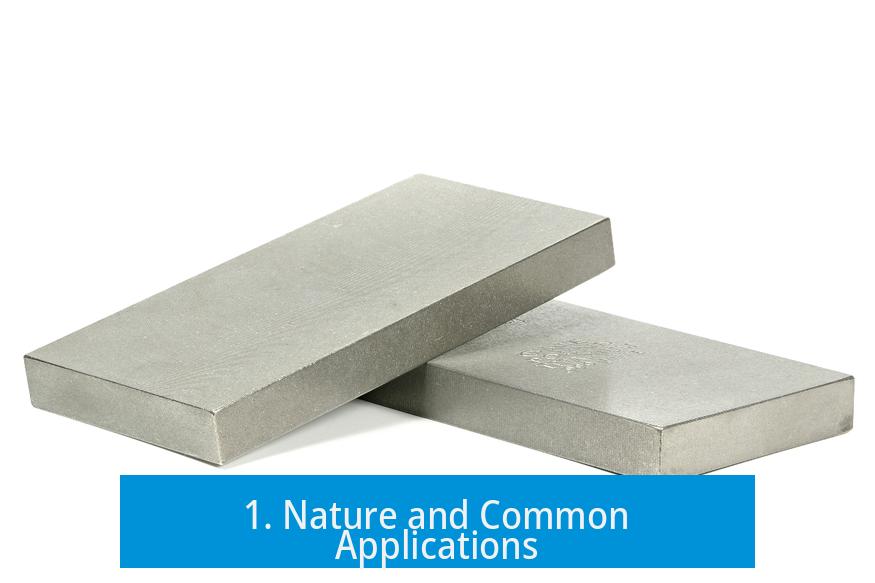
Titanium dioxide is 100% natural, commonly found in mineral form. It is prized for its brilliant white color and is a key ingredient in many everyday items.
- TiO2 is the pigment that makes the cream filling in Oreos distinctly white.
- It is widely used in sunscreens to provide UV protection, enhancing their effectiveness.
- Some sunscreens remove TiO2 for ‘reef-friendly’ labeling to avoid potential marine toxicity.
2. Regulatory and Risk Assessment
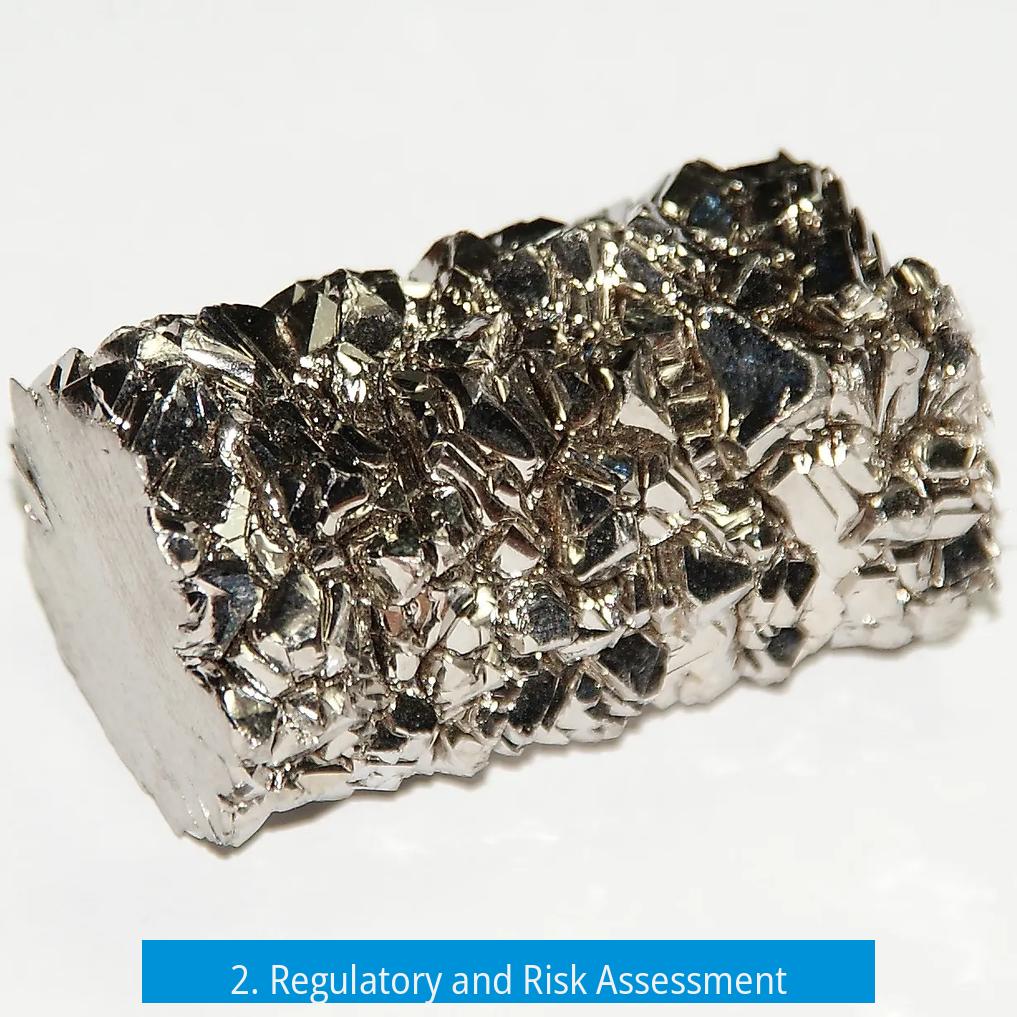
The European Union’s Risk Assessment Committee (RAC) focuses on hazard classification for substances like titanium dioxide. Recently, this committee has evaluated TiO2’s safety, especially as a food additive (E171).
- EFSA declared titanium dioxide no longer safe as a food additive due to unresolved genotoxicity concerns, despite inconclusive general toxic effect evidence.
- The EU tends to ban substances when safer alternatives exist, prioritizing overall public and occupational safety.
- Decisions to restrict TiO2 often involve political factors related to nanoscale materials and food purity regulations.
- Contrarily, some studies and agencies report no definitive evidence that titanium dioxide harms human health under normal exposure conditions.
3. Health Effects and Toxicology
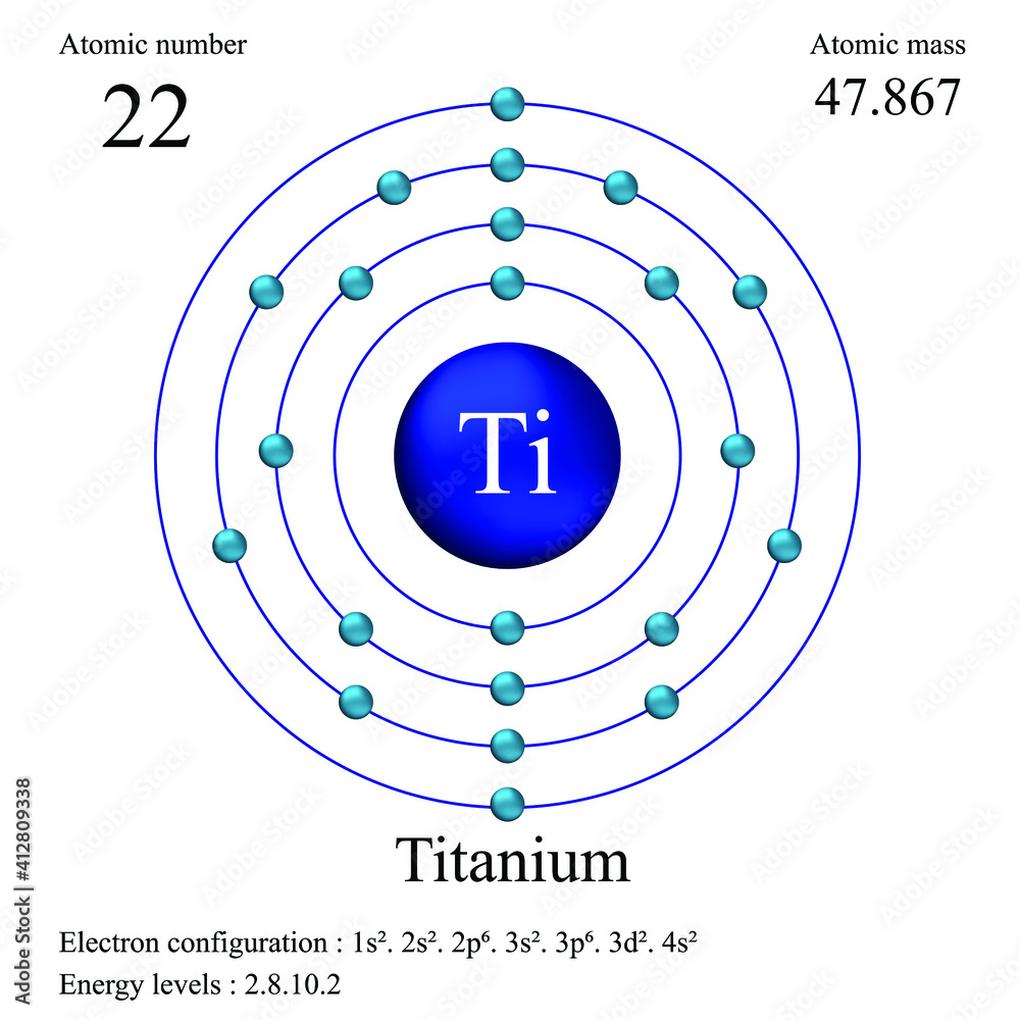
Research indicates some potential health concerns linked to titanium dioxide ingestion and exposure, especially in nanoparticle form.
- Some studies suggest TiO2 consumption may cause intestinal inflammation, DNA damage, immune suppression, hormone disruption, and neurotoxicity.
- Nanoparticles (<100 nanometers) of TiO2 have been shown to induce cellular responses that resemble tumor formation in lab experiments.
- Carcinogenic potential exists via inhalation exposure, but ingestion risks appear minimal based on current evidence.
- Titanium dioxide particles are not believed to cross the digestive barrier into cells realistically under typical use conditions.
- Animal feeding studies sometimes show adverse effects, but doses and conditions differ substantially from realistic human consumption.
4. Particle Size and Nanoparticle Concerns
Titanium dioxide used industrially is often synthetically processed, with some products containing particles smaller than 100 nanometers. These nanoparticles raise specific concerns:
- Nanoparticles can exhibit different chemical and physical behavior compared to larger particles.
- Some materials, including TiO2 nanoparticles, have been associated with negative biological effects depending on exposure route and concentration.
- Food-grade TiO2 is less likely to contain nanoparticles, but some products do.
5. Risk Assessment and Comparative Safety
Risk evaluations employ logic considering the failure modes of substances.
- Products are assessed for their worst-case failure—whether they fail safely or cause harm under unlikely conditions.
- Analogies such as comparing titanium dioxide to table salt highlight that even common compounds have dangerous components but remain safe within use limits.
- If safer, equally effective alternatives to TiO2 exist, regulators favor phasing out TiO2 to minimize potential risks.
Summary of Key Points
- Titanium dioxide naturally occurs and acts as a white pigment in products like food and sunscreen.
- EU regulators no longer consider TiO2 safe as a food additive because of unresolved genotoxicity risk concerns.
- Potential health effects include inflammation, DNA damage, and immune suppression, especially from nanoparticle exposure.
- Inhalation of TiO2 may be carcinogenic; ingestion risks are unclear but considered low under typical exposure.
- TiO2 nanoparticles raise additional toxicological concerns compared to larger particles.
- Regulatory bans often follow availability of safer alternatives, despite inconclusive human harm evidence.
References
- EFSA News on Titanium Dioxide
- Titanium Dioxide Stewardship Council Statement
- Consensus.app verified health effects data on TiO2 nanoparticles
Titanium Dioxide: The White Wonder with a Complex Reputation
Titanium dioxide is a naturally occurring mineral used widely as a pigment to give products that bright, clean white finish—like the creamy white in Oreos or the whitening agent in many sunscreens. Yet, despite its ubiquity, its safety in certain applications sparks ongoing debate and regulatory scrutiny.
So, why all the fuss about titanium dioxide? Let’s unpack this complex compound’s journey from nature to your cookie jar, sunscreen bottle, and beyond.
A Natural Mineral, Ubiquitous and Useful
First off, titanium dioxide (TiO2) is 100% natural. It’s not some alien chemical brewed in a lab; it exists in the earth’s crust, mining ready. Its natural whiteness makes it perfect as a pigment. For instance, that snowy white stuff in Oreos? Yep, titanium dioxide adds that crisp, bright color.
Beyond cookies, TiO2 is a heavyweight in the cosmetics and paint world, especially valued for its opacity and UV-blocking abilities. You’ll find it in sunscreens, creating a physical barrier that scatters harmful UV rays.
Yet, for all these uses, the story gets more nuanced when we look at regulatory bodies and scientific scrutiny.
Regulators Step In: The European Union’s Take
The European Union’s Risk Assessment Committee (RAC) holds considerable sway over chemical safety rules. Their role? Assess hazards and classify substances accordingly. Regarding titanium dioxide, the RAC expressed concern—not over outright toxicity but because of potential genotoxicity, meaning the substance could potentially damage DNA.
EFSA (European Food Safety Authority) stated: “Although the evidence for general toxic effects was not conclusive, we could not rule out a concern for genotoxicity.” This gray area triggered the EU to ban titanium dioxide as a food additive (E171), a decision not borne out of clear harm but as a precaution, especially given *safer alternatives* exist with similar benefits and minimal issues.
Think of it as the EU saying, “If you have a safer white pigment for your food, why risk the unknown?” This decision aims to protect not just consumers but also manufacturers and workers, who might face higher exposures during production. So when you see “reef-friendly” sunscreen without titanium dioxide, it’s both an environmental and regulatory consideration.
Controversy and Conflicting Science
The plot thickens because titanium dioxide is a chemical with mixed reviews. Multiple government studies, for example, have found no evidence of harm to human health. The American Chemistry Council, representing chemical manufacturers, argues that numerous assessments worldwide demonstrate titanium dioxide’s safety when used correctly.
This resonates with how some chemicals work: table salt is made of sodium (highly reactive) and chlorine (toxic in gas form), yet it’s perfectly safe as a seasoning. Similar logic applies here—chemical risk depends on exposure form, amount, and context.
Health Effects: What We Know and What We Don’t
Research suggests the consumption of titanium dioxide as a food additive might cause gut inflammation, DNA damage, immune suppression, hormone disruption, and neurotoxicity. Sounds scary, right? These findings mostly come from studies using nanoparticles or super-high doses that aren’t realistically consumed by humans in everyday life.
Exposure by inhalation of nano-sized TiO2 particles shows carcinogenic potential in some animal models. However, ingestion—like eating it in food—is far less clear. The current consensus is that titanium dioxide particles passing through your digestive system don’t enter cells to cause damage, a key point in demystifying TiO2 fears.
The Tiny Side of Titanium Dioxide: Nanoparticles
One source of concern revolves around nano-scale titanium dioxide—particles less than 100 nanometers wide. These nanoparticles are small enough to behave differently at the cellular level and have been linked with potential toxic effects in some cases. Some TiO2 products, especially industrial grades or sprays, may contain these nanoparticles.
Nanoparticles can cross biological barriers and interact with cells in unexpected ways, potentially leading to negative effects. It’s why regulators are extra cautious. But here’s a catch: many food-grade titanium dioxide samples lack these tiny particles.
Assessing Risk: Failure Modes and Logic Puzzles
Risk assessment involves examining how a product might fail. Does it “fail safe” or “fail bad”? For titanium dioxide, no clear failure mode causes serious harm under typical use. Still, the EU errs on the side of caution because potential genotoxicity cannot be completely ruled out—especially when safer alternatives exist.
The “table salt analogy” helps illustrate how risk perception can get twisted: sodium and chlorine can be dangerous reactants, but combined harmlessly as salt, they’re safe. The difference is in the chemical form and exposure levels. With TiO2, some worry over nano-sized forms that might pose theoretical risks.
Market dynamics also matter. If industry leaders switch to safer materials, lagging players using titanium dioxide might find themselves “kicked out of the circle of trust.” The EU’s ban reflects this market-driven push for innovation.
So, Should You Worry About Titanium Dioxide?
Probably not. Most consumer exposure is well below levels considered risky. Current studies show no practical risk from ingesting titanium dioxide in typical amounts found in foods or cosmetics.
If you’re concerned, pick sunscreens and foods labeled “nano-free” or “titanium dioxide-free.” In cosmetics, formulations without TiO2 are often marketed as safer or environmentally friendly. For manufacturing workers or those in industries with airborne TiO2 dust, protective measures remain important.
On a personal note, it’s fascinating how such an unassuming mineral stirs so much debate. The story of titanium dioxide underscores how science, public perception, and regulation dance together — sometimes awkwardly — to navigate safety in modern life.
Final Thoughts
Titanium dioxide is everywhere—from your favorite snack to the sunscreen you slather on a sunny day. While scientifically complex, the current consensus is that ordinary use poses negligible risk. Yet, regulatory bodies tread carefully due to unanswered questions, particularly about tiny nanoparticles and long-term effects.
For consumers, staying informed and choosing products thoughtfully is always wise. And for the curious, titanium dioxide is a perfect example of how substances we take for granted may hold hidden stories of safety, science, and societal choices. Have you noticed titanium dioxide lurking in your daily products? Would you skip it if alternatives cost a bit more? Food for thought.
References:
- EFSA News on Titanium Dioxide
- Titanium Dioxide Stewardship Council Statement
- Consensus.app human health effects data on Titanium Dioxide nanoparticles
What are the main health risks associated with titanium dioxide as a food additive?
Some studies suggest it may cause inflammation, DNA damage, or immune disruption. There is concern about genotoxicity, but evidence is inconclusive. Realistic exposure in food seems unlikely to cause harm.
Why has the EU banned titanium dioxide as a food additive?
The EU banned it mainly because safer alternatives exist. The decision also reflects precaution over potential genotoxicity. It aims to protect consumers and workers from uncertain risks.
How does nanoparticle size affect titanium dioxide safety?
Particles smaller than 100 nanometers might act differently. Nanoparticles can have toxic effects. However, not all products contain these tiny particles, especially food-grade titanium dioxide.
Is titanium dioxide harmful when inhaled or ingested?
Carcinogenic risk is mostly linked to inhalation of nanoparticles, not ingestion. Ingested titanium dioxide is unlikely to cross the gut barrier or cause cancer based on current studies.
Why do some claim titanium dioxide is safe despite regulatory bans?
Several studies find no clear harm at typical exposure levels. Some bans are political or based on precaution due to nano-issues. Also, when safer alternatives exist, regulators prefer them to reduce any potential risk.


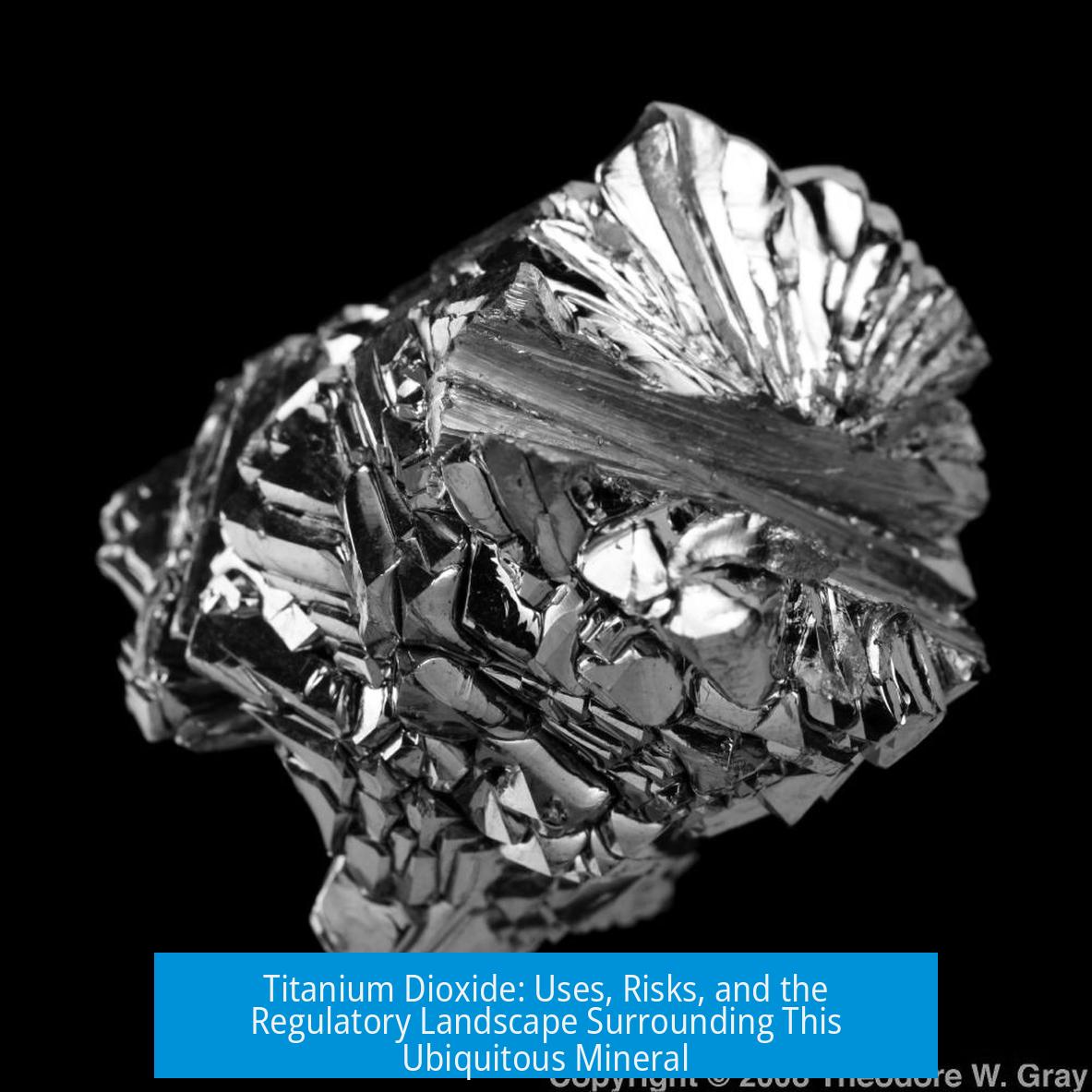
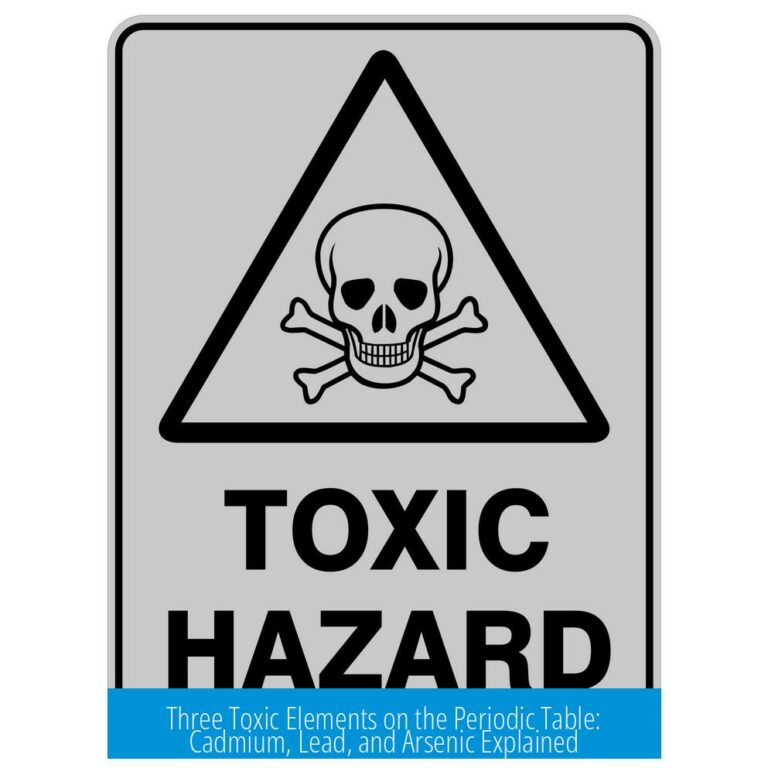

Leave a Comment